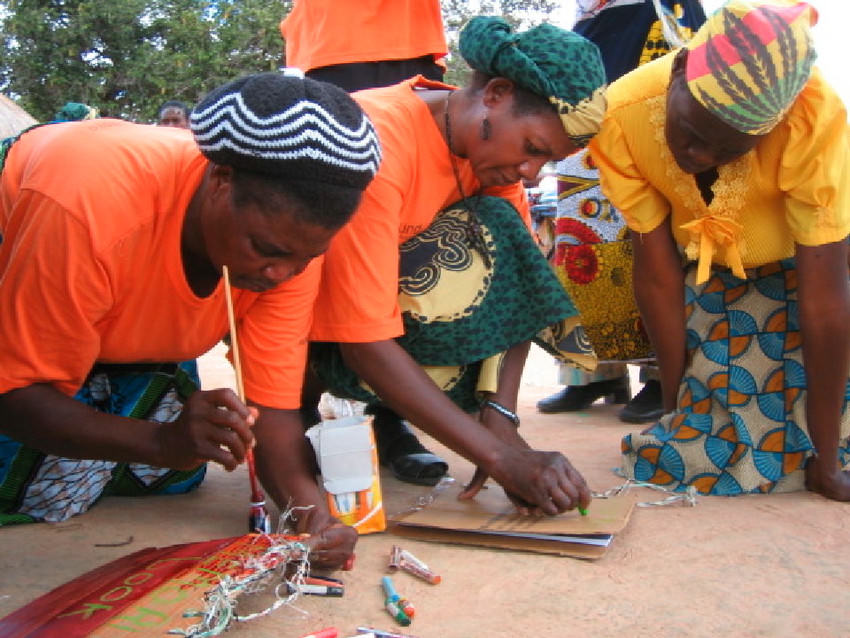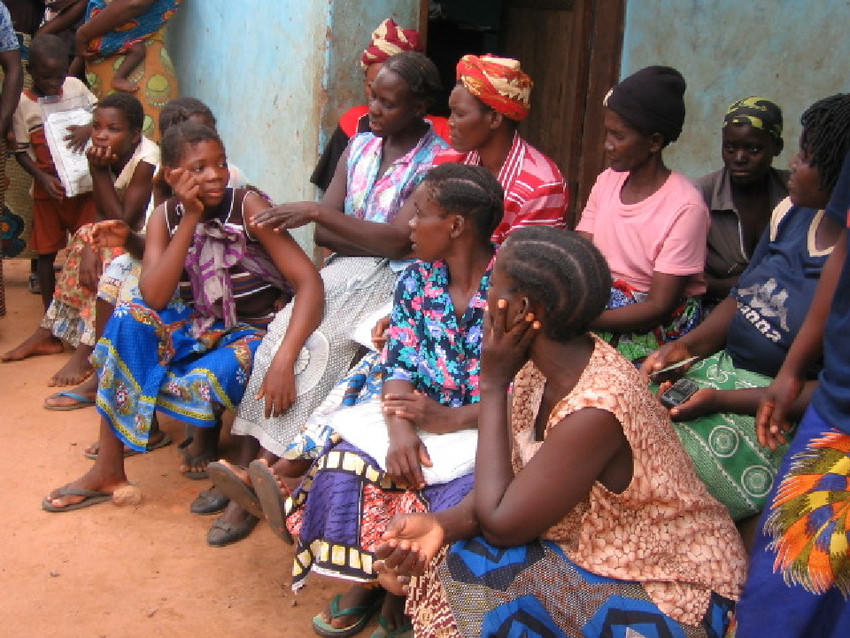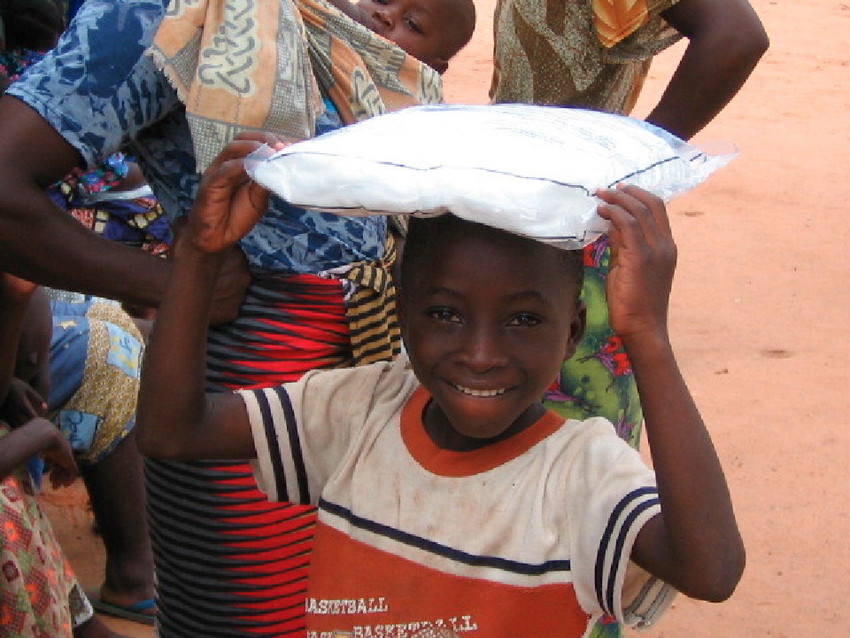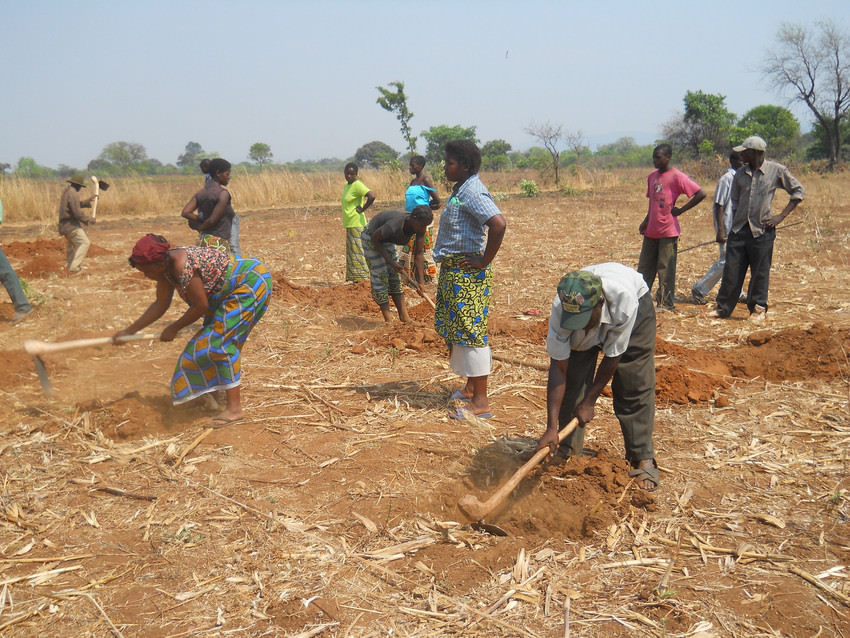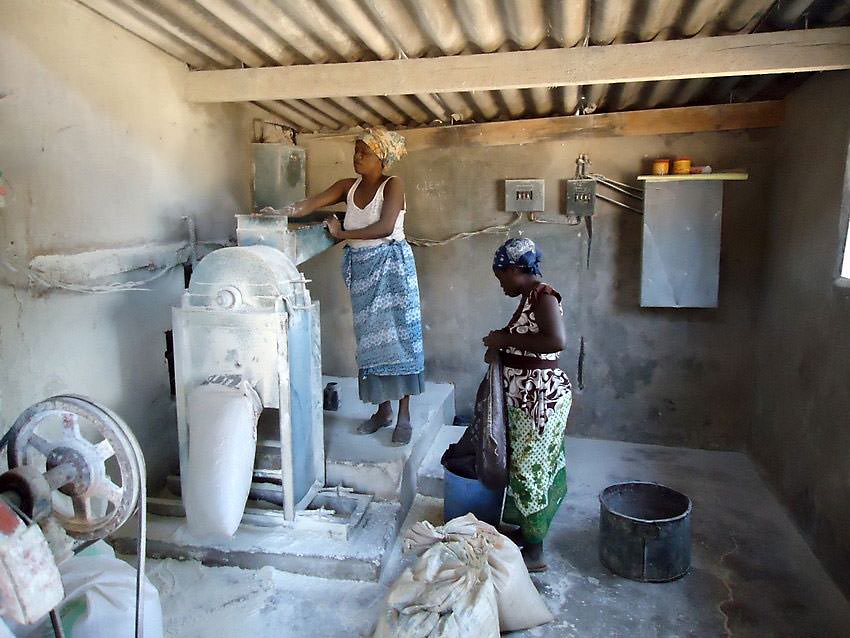
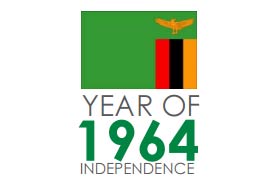
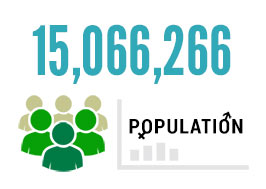
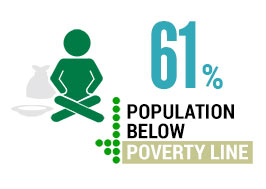
Zambia, in southeastern Africa, is a large, sparsely populated country, with 46 percent of its population under the age of 15. Rural poverty and unemployment are significant problems. The nation faces several challenges, including more than 1.2 million people living with HIV and 380,000 children 17 and younger who were orphaned by AIDS. The Zambian economy grew gradually over the past decade, but in the past two years, low copper prices and poor harvests related to El Niño weather patterns have negatively impacted the economy.
ChildFund has served children in Zambia since 1983. Help make a difference and sponsor a child in Zambia today.
Ages 0 – 5: Healthy and Secure
The mortality rate of children under 5 in Zambia is 87 children per 1,000 live births. ChildFund’s primary concern is to make sure infants and toddlers receive care and good nutrition even before they’re born. Community health workers, trained by ChildFund and our local partners, encourage mothers-to-be to attend prenatal clinics as soon as they learn they are pregnant, and educate them about the value of delivering at hospitals or health centers instead of at home. Once children are born, we provide growth monitoring to prevent malnutrition, vitamin supplements, deworming and vaccinations, and families receive treated mosquito nets to ward off malaria. In Luangwa, a region where we have offered health services for more than five years, infant mortality and malnutrition rates have decreased. We also work closely with Procter & Gamble’s Children’s Safe Drinking Water program to provide fresh water for families who don’t live near a source of clean water. This benefits the youngest children in many ways.
Ages 6 – 14: Educated and Confident
ChildFund Zambia and our local partners work to improve school access and the quality of education by training children in the Child Friendly School concept, which encourages student participation. We have renovated classrooms to relieve congestion and provided water systems so children have clean restrooms and fresh drinking water. Schools have new desks, and students received better learning materials. As a result, absenteeism has fallen because students want to attend class and are more comfortable at school, and more than 80 percent of students in four Child Friendly Schools have passed to the next grade, up from 76 percent in 2013.
We work with community members (including children) to end violence that affects children where they live, where they attend school and many other places, and we’ve made child marriage a special focus because of its prevalence in Zambia. According to the United Nations, 42 percent of Zambian women ages 20 to 24 were married before the age of 18. By working with families and other community members, we hope to reduce the number of girls who are forced into early marriages that end their educations and put them at risk of abuse for the rest of their lives.
Ages 15 – 24: Skilled and Involved
Young people still have a difficult time entering Zambia’s workforce unless they have specialized skills. ChildFund works to help youth gain experience in entrepreneurship, nursing, raising livestock, growing crops and fish farming, which are all viable fields of work in Zambia. At the same time as learning technical skills, youth enrolled in our programs also receive advice on saving money and spending it wisely. Most youth have opened bank accounts and are able to expand their businesses.
In collaboration with the Ministry of Health and with support from The MasterCard Foundation, ChildFund launched the Zambia Nurse and Life Skills Training Program, giving youth in rural areas access to nursing classes through e-learning. This program is helping solve Zambia’s extreme shortage of healthcare workers while letting students continue to live at home instead of moving to a city for school. Last year, 66 students received scholarships. After five years, we expect that 6,000 young people will be trained as nurses and midwives.
Fighting Extreme Poverty in Zambia
Extreme poverty in Zambia causes numerous problems. According to 2015 statistics in the CIA World Factbook, more than a third of Zambians do not have access to improved water systems, a percentage that leaps to 48 percent in rural locations. The same is true for sanitation; 56 percent of Zambians — including 64 percent of rural residents — lack safe, clean toilets in or near their homes. These two obstacles alone cause disease, school absenteeism, shorter life spans and malnutrition. Zambia is considered a lower middle-income country, but this designation masks the poverty in rural areas, where unemployment is high, particularly for young people.
Despite these issues, Zambia has some net positives: a stable elected government and significant economic growth in its recent past. Not everyone sees the benefits because public debt is large, and its population suffers under the burden of an extremely high birth rate (an average of more than five children per woman) and a relatively high rate of HIV and AIDS.
ChildFund Zambia works with government ministries and other child-focused organizations to protect children’s rights, including keeping them safe from abuse and early marriage. We also collaborate with other organizations to prevent the spread of AIDS, care for orphaned children, provide family-planning education and increase literacy and numeracy rates. Our youth-focused programs give teens and young adults the tools and training they need to find good jobs in Zambia’s tight economy.

